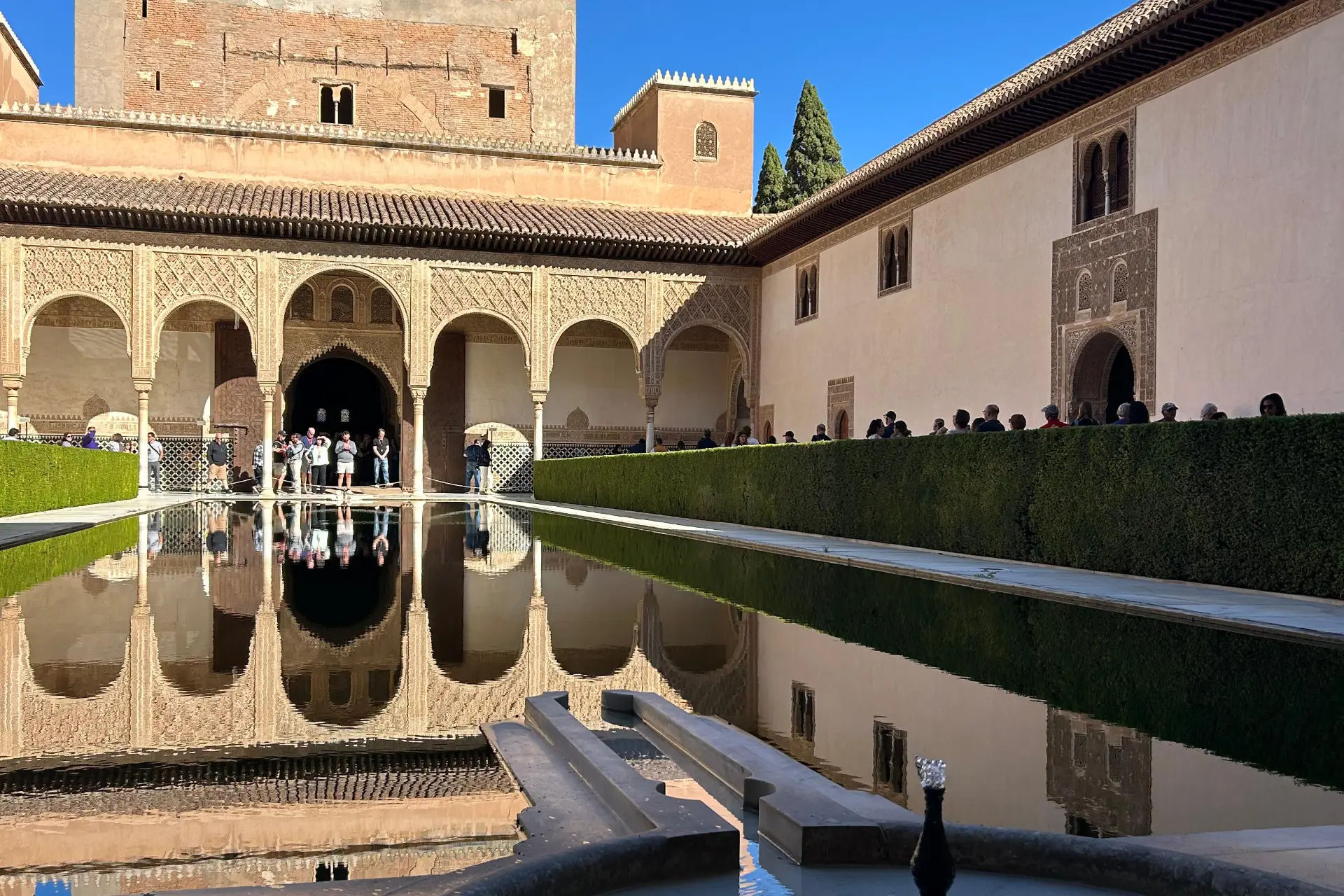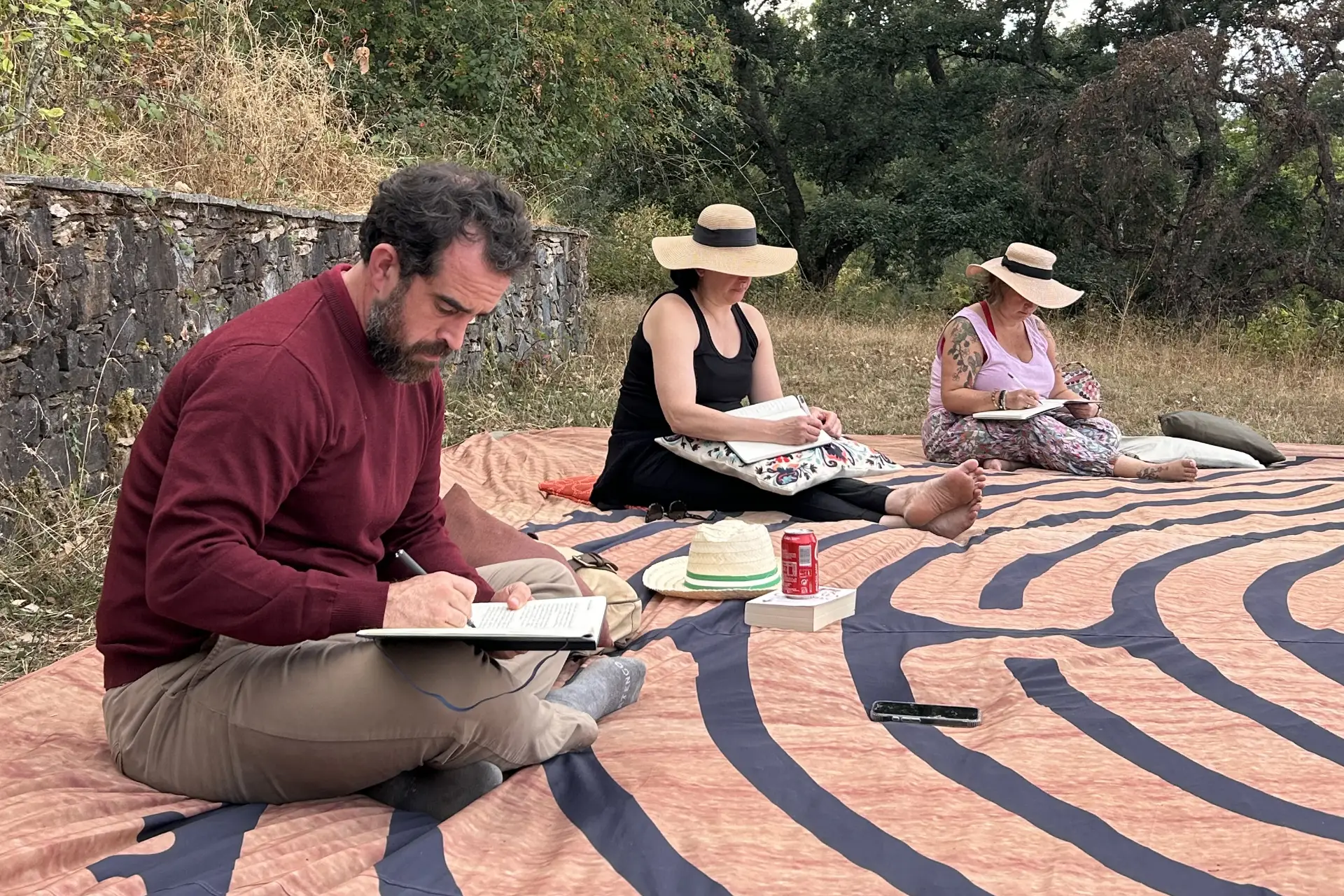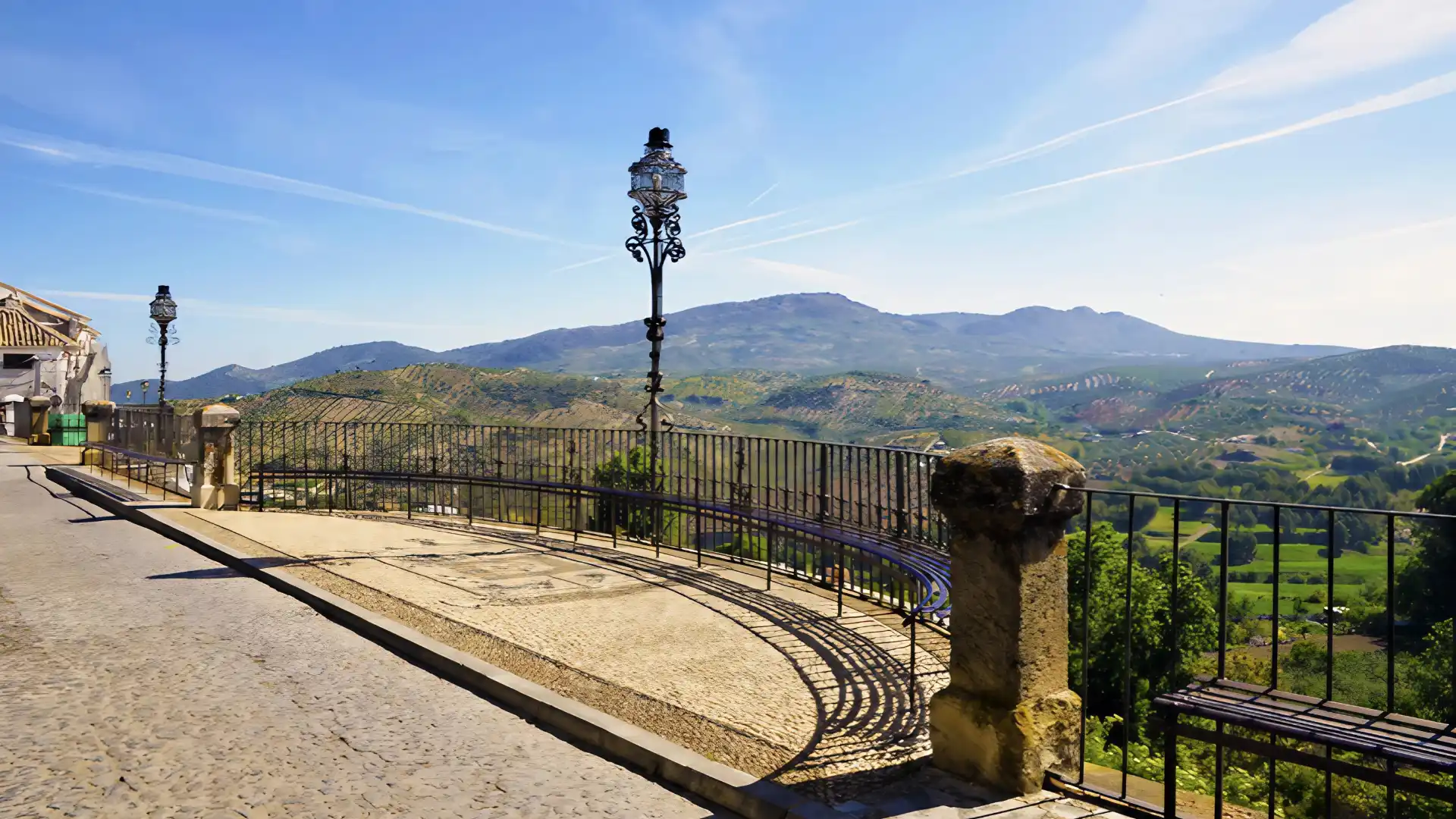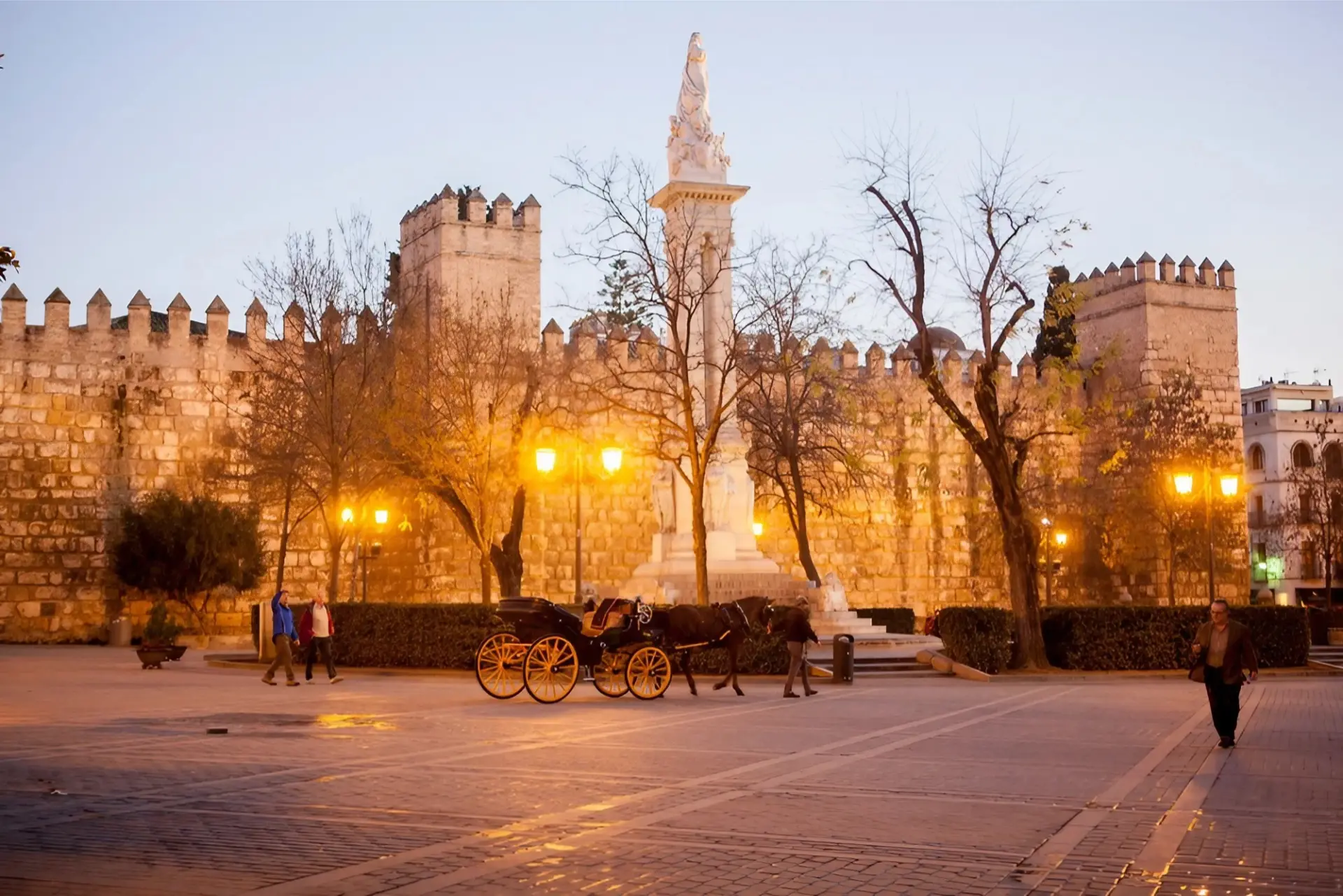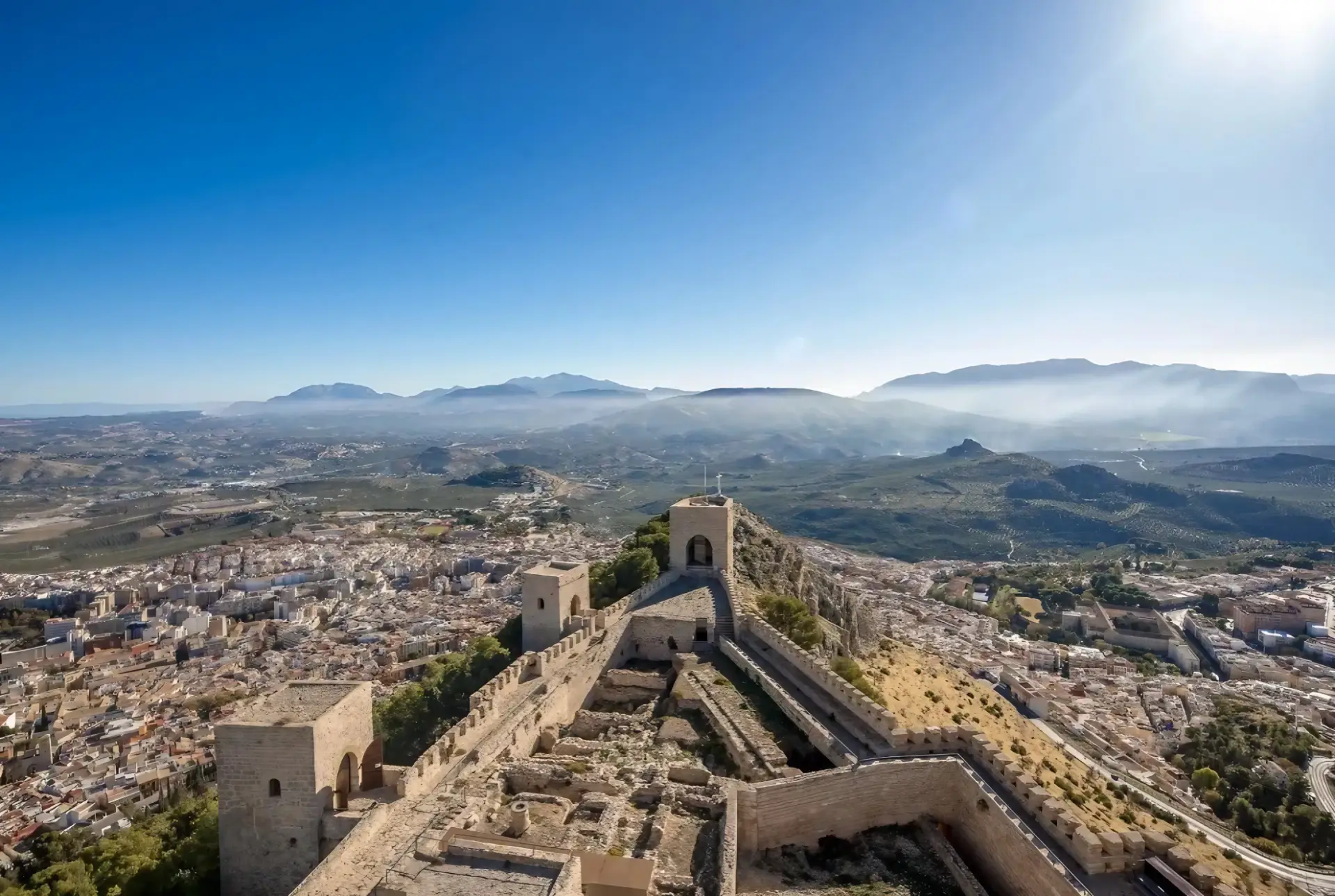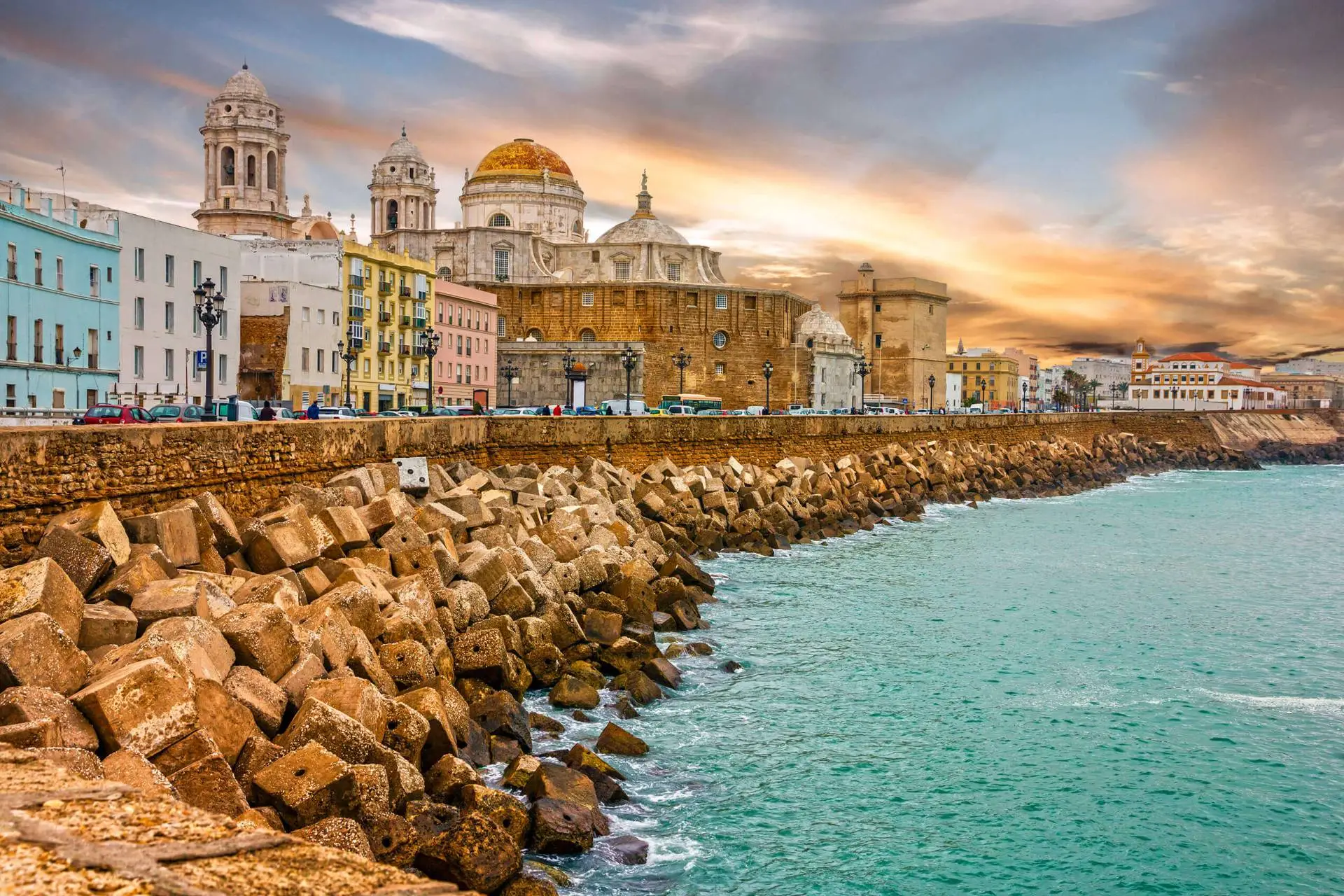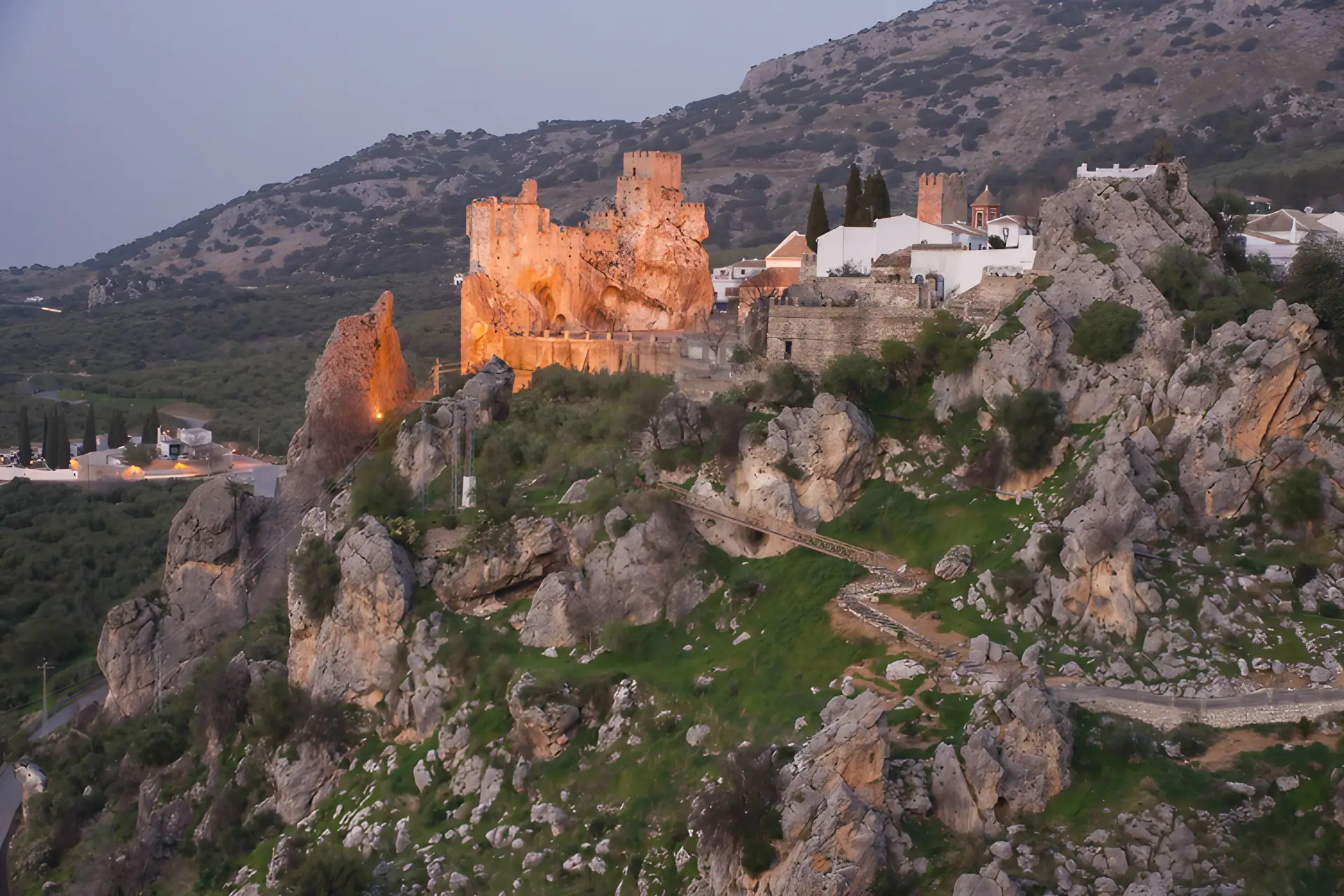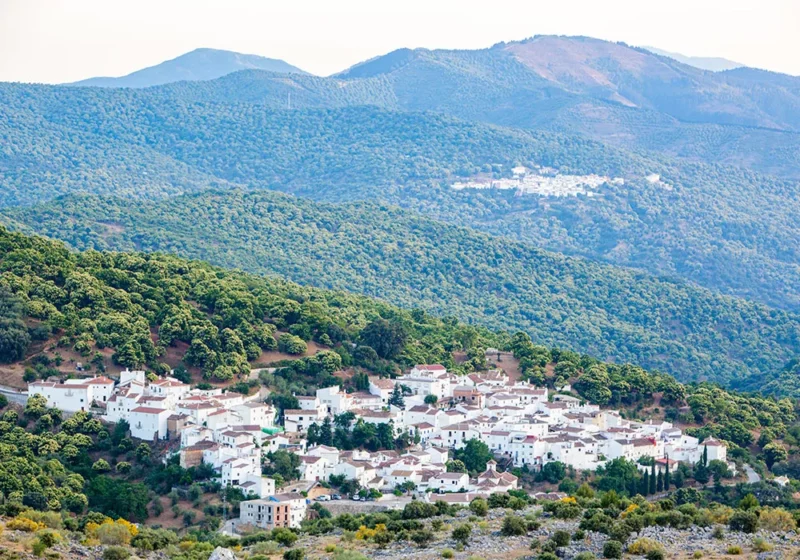
The Association which maintains the Most Beautiful Villages in Spain list announced on Saturday the inclusion of five new municipalities. As of January 1, 2024, the network will consist of 116 Spanish localities, with the addition of Parauta in the province of Malaga.
The municipalities that have joined the network alongside Parauta are Ampudia (Palencia), Comillas (Cantabria), Trevejo, and Trujillo (Cáceres).
All had to undergo an audit covering more than 40 points. Included were aspects such as heritage preservation, urban planning, facade conservation, care for flowers and green areas, programmed cultural activities, and attention to traditions. Currently, only 20% of the municipalities applying to join the network successfully pass this rigorous evaluation.
Parauta now joins other Andalusian villages like Almonaster la Real, Baños de la Encina, Frigiliana, Grazalema, Setenil de las Bodegas, Vejer de la Frontera, and Zahara.
What is Parauta like?
Parauta is a white village in the Serranía de Ronda that preserves the memory of its Andalucian past in its urban layout, featuring narrow and steep streets with whitewashed facades and Arab-tiled roofs.
It extends into the Sierra de Las Nieves Natural Park, designated by UNESCO as a Biosphere Reserve, where the famous Valdecilla holm oak is located—a centennial specimen with a diameter of more than three meters and an impressive appearance.
What to see and do in Parauta
Explore the charm of Parauta by strolling through its cobbled streets with a Moorish layout. Among the notable landmarks in this town is the 16th-century Church of the Immaculate Conception. Inside the church, discover the polychrome wooden sculpture of San Pascual Bailón, inspired by Pedro de Mena’s work, and an 18th-century Dolorosa.
Parauta boasts two natural monuments of ecological significance: the Pinsapo de la Escalereta and the Encina Valdecilla. Within the Sierra de las Nieves Natural Park, these sites are home to some of the oldest fir trees, with the Pinsapo of la Escalereta estimated to be between 350 and 550 years old. Don’t miss this towering specimen, standing over 30 meters high with a trunk circumference exceeding 9 meters.
Within the town centre, you’ll find the Encina de Valdecilla, a tree with a 3-meter diameter and a height of 20 meters. While its exact age remains uncertain, experts suggest it might be one of the world’s oldest oaks.
Nestled in the fertile lands of the Genal Valley, with mountain hunting grounds, Parauta’s gastronomy reflects its position in the fertile lands of the Genal Valley. Dine on tomato soups, rabbit with rice, gazpachuelo, and the traditional “Olla”. Finish off your meal with desserts made with chestnuts, which are renowned for their exceptional quality.
History of Parauta
Founded by the Moors, Parauta’s history aligns with that of Ronda and other towns in the southern Serranía region. It is believed that Omar Ben Hafsun, born in 854 near the ancient Hisn Autha, led a rebellion against the Umayyad Emirate of Córdoba, establishing an independent kingdom that spanned Andalucia. Omar, later known as Samuel after converting to Christianity, dedicated his life to this cause until his death at the Bobastro fortress.
Conquered by Castilian troops alongside Ronda, Parauta experienced a demographic decline among the Mudejar population. The town was subsequently repopulated by old Christians, mainly from Cádiz and Seville.
While Parauta retains its Arabic looks, additions like the arch on Altillo Street and the Church of the Immaculate Conception contribute to its unique character.

